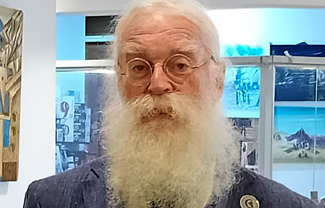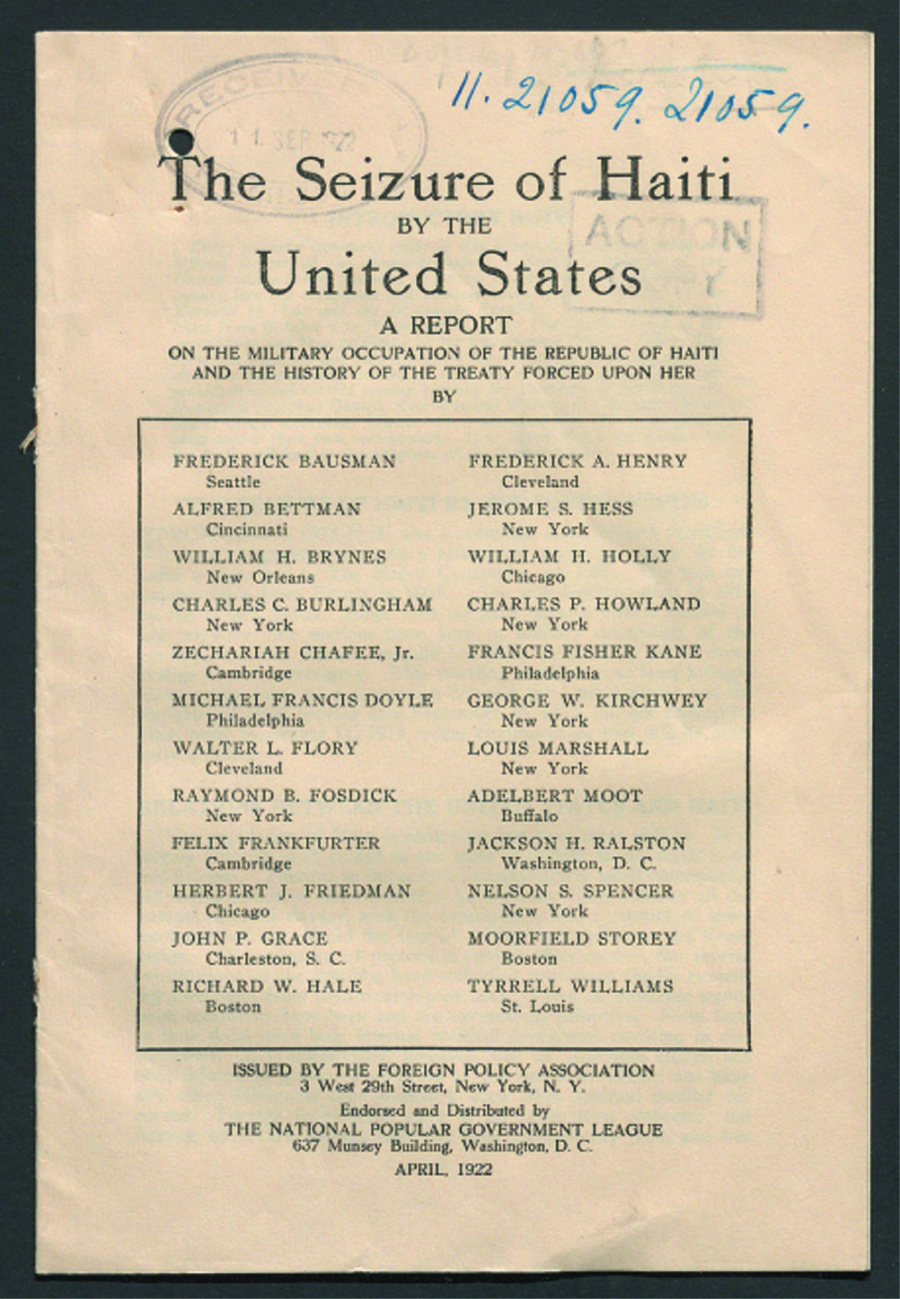
Have you ever heard about the Royal Game of UR or Cuneiform writing?
Interview with Dr Irvin Finkel, curator in the British Museum in London, United Kingdom
It is not everyday that you have a chance to meet one of the world’s most famous specialists on cuneiform writing. Dr Finkel has written many books both scientific and fiction, and is a true scholar whose activities include giving lectures, some of which you can find on YouTube. He is in particular known for his discoveries linked to the Royal Game of Ur, in ancient Mesopotamia, a game going back some 3,500 years, that people still play, and that you can find only in the British Museum.
We had a chance to meet with Dr Finkel and ask him a lot of questions. He speaks with enthusiasm about his field – Mesopotamia, cuneiform writing, and all sorts of things that happened long before we arrived on the scene. He has the gift of making people interested in his fields – history and archaeology. The floor is yours Dr Finkel
Q: To start, could you please tell us a little bit about yourself and your work?
My name is Dr Irving Finkel. I’m a curator in the British Museum in London where I’ve been working since 1979, which is rather a long time. I was very lucky because when I went to university, I learned to read cuneiform writing. I had a very strict professor. I was his only student, and I learned the ancient Sumerian and then the ancient Babylonian languages with him. I wrote my PhD with him, and then I went to Chicago for three years. After that, I got a job in the British Museum, which has always been my ambition. I’ve been there ever since, and I hope to be there for at least another hundred years. I’m in the department called the Middle East and we have archaeological objects from all over what people call the Middle Eastern world. We have a big collection of these cuneiform inscriptions, which are written on pieces of clay.
The writing starts, well, probably about 3,500 BC and lasts all the way down to the first century AD, so three and a half thousand years. It’s the writing before the alphabet, so it’s a syllabary, and not an alphabet. They wrote it on bits of clay which last in the ground marvelously. In the nineteenth century, they started to dig them up during excavations, and they eventually managed to decipher the writing. It’s a lucky thing because even though the ancient Babylonians ere extinct, their language, Babylonian, is related to modern languages of the Hebrew, Aramaic, Arabic, and Syriac family – the Semitic group.
So, when they began to work out how the script could be understood, they learned they could understand the language as well, and then translate things properly. Before the Babylonians were there, there was a people called the Sumerians, and they used the same writing, but their language was something completely different. There’s no modern relative of Sumerian, so we have to use Babylonian texts to understand the Sumerian texts.
It’s a fantastic thing, and the whole of life is recorded on these rather strange looking things which people are often rather rude about when they see them. They often say that they look like nothing, but we have literature, magic, medicine, history, astronomy, astrology, grammar, love letters, business letters.
Q: Isn’t it difficult to continually sit there and read and understand what is written?
Well, it depends on how you do it. You see, I was so fortunate because my professor was extremely strict and he didn’t want any wasted time. He said, “If you’re going to do this, you have to learn all of it,” and he never said anything polite or friendly. For six years, I had one-to-one teaching, like a master class for a violinist. Sometimes some students came for a while, but they didn’t stay long. He said, “You have to learn to read both languages, any kind of text, any period.” So, I was sent out into the world with the best possible training. I went to Chicago where they wrote the modern dictionaries of these ancient languages.
There also it was an amazing world because they worked like in a cancer research unit. They were all very, very serious. They even went to work on Christmas Eve. You had to work all the time. I went from this intense training to an intense workplace. When I went to the British Museum, where you have to read everything, I was happy, and I’ve been there ever since.
Q: How did you come into this field? After all, it’s not a common field of study.
That’s true. It’s not an everyday choice for schoolchildren. I was a bit lucky! When I was at the end of my schooling, I decided I wanted to be an Egyptologist. So, I got a grammar, the famous grammar, and I read a lot of Egyptian. When I went up to university, I was going to do Egyptology. The elderly Egyptologist professor gave one class with about 15 people or so, and the next day he dropped dead in the kitchen of his house. And that was that.
The department head called me in and said, “Look, it’s going to take me a long time to get another Egyptologist. I’ll have to advertise. So, in the interim, there’s a man here called Wilfred Lambert, and he teaches cuneiform. Why not do a bit of cuneiform with him? It’d be useful. And then when the Egyptologist comes, you can switch back.”
So, I went and knocked on Lambert’s door and said, “Hello, I want to learn some cuneiform.” He wasn’t very pleased because he was a very productive and industrious scholar. When you are a real scholar, you don’t want students. They are a pain in the neck, you know, they take time and all that, so, he was rather hostile to me.
He said, “Well, look, all right, learn these things. Come in on Tuesday. We’ll have a look.” It’s almost unique in the history of the world. I read through what he told me. I went to the first class, and he put some stuff on the board and we looked at something. I knew then just like that, that that was my entire life’s work. I’d never heard of it before. It was just fortuitous. It was like a railway line from then on that ended up in the British Museum.
All my friends got fellowships here for three months then went to Australia for a year, and their wives didn’t want to go and children didn’t want to change school. In the end, they gave up. It’s so hard. I’ve had this blessed sunshine-filled career.
This place is marvelous because the collections are fantastic right across the board, from all the countries of the world, and the resources are marvelous. 130,000 pieces of clay! I have looked at them all, but I haven’t read them all. There’s everything you can imagine. I love it and want to tell the world outside about it.
Q: I didn’t know about the Royal Game of Ur nor cuneiform before you talked about it.
When the museum discovered the YouTube platform, curators started to post videos there. One was done on the Royal Game of Ur. We didn’t do any rehearsal. We just had a model board and the pieces, and started to play. On the video I explain the rules, and we played a game all the way through with commentary. It looks like it’s a scripted piece of drama. But actually, it was all improvised then put on YouTube. Today more than 6.9 million people have watched the video. I just cannot believe it! So, they know about this game all over the world. For instance, when we got to the airport in Dubai, we were sitting around with our papers trying to arrange a visa, and a man comes up to me and says, “Hey, aren’t you the guy who does that game?” He recognized me from this YouTube video on the Royal Game of Ur.
I do lots of videos about cuneiform writing and about objects in the museum. Lots of other curators do the same. It’s the best way to get outside the building into the world at large, because people all over the world watch YouTube, grandmothers, two-year-olds… When they find something interesting, sometimes they write comments, which is interesting. They tell their friends.
The British Museum, when I joined, was a kind of nineteenth century institution with suits and everybody called by his surname, not by his first name, very proper. Over the years it’s moved gradually into the twenty-first century, with the internet and YouTube especially. People write remarks like, “I never been to the British Museum, but I think I’m going to go now.” Or, “I didn’t realize that the curators were alive.” And we even get rude remarks.
Well, you know, people see the institution not those who are behind it.
That is true. Actually, that can play into the museum’s need to raise money with sponsors. There’re all sorts of things you can do with sponsors, but the real sure-fire system is to take them through a locked door behind the scenes because they turn into five-year-old children with their mouths open because it’s all so wonderful to see. If I go to the Louvre and one of my colleagues takes me through a locked door, it’s the same thing, just captivating.
- Q: Do you have relations with other museums? read next in IDC-april-2024
- P16
- P45
ID Canada / ISSN 2563-818X (En ligne) – ISSN 2563-8181 (Imprimé)







